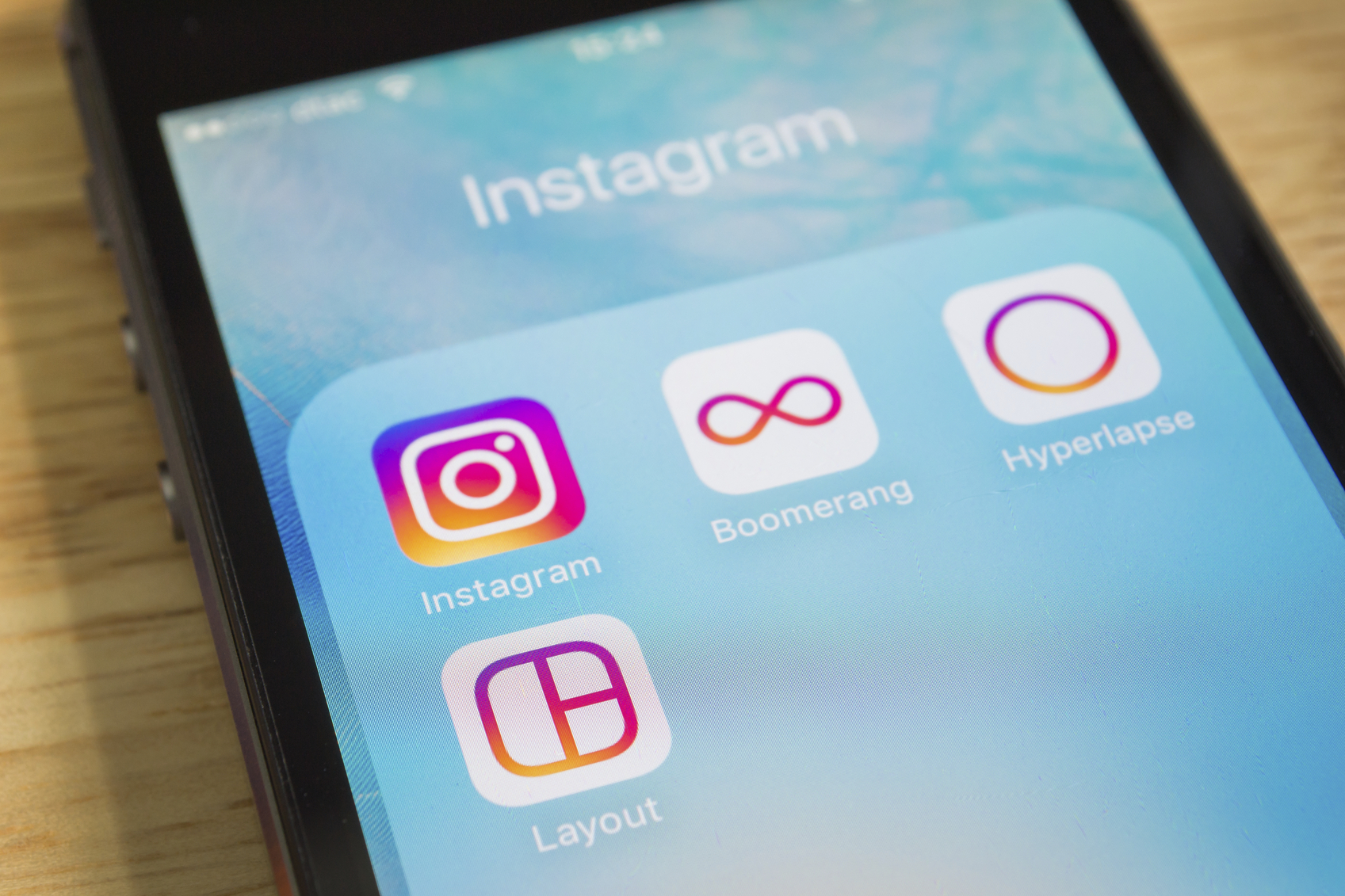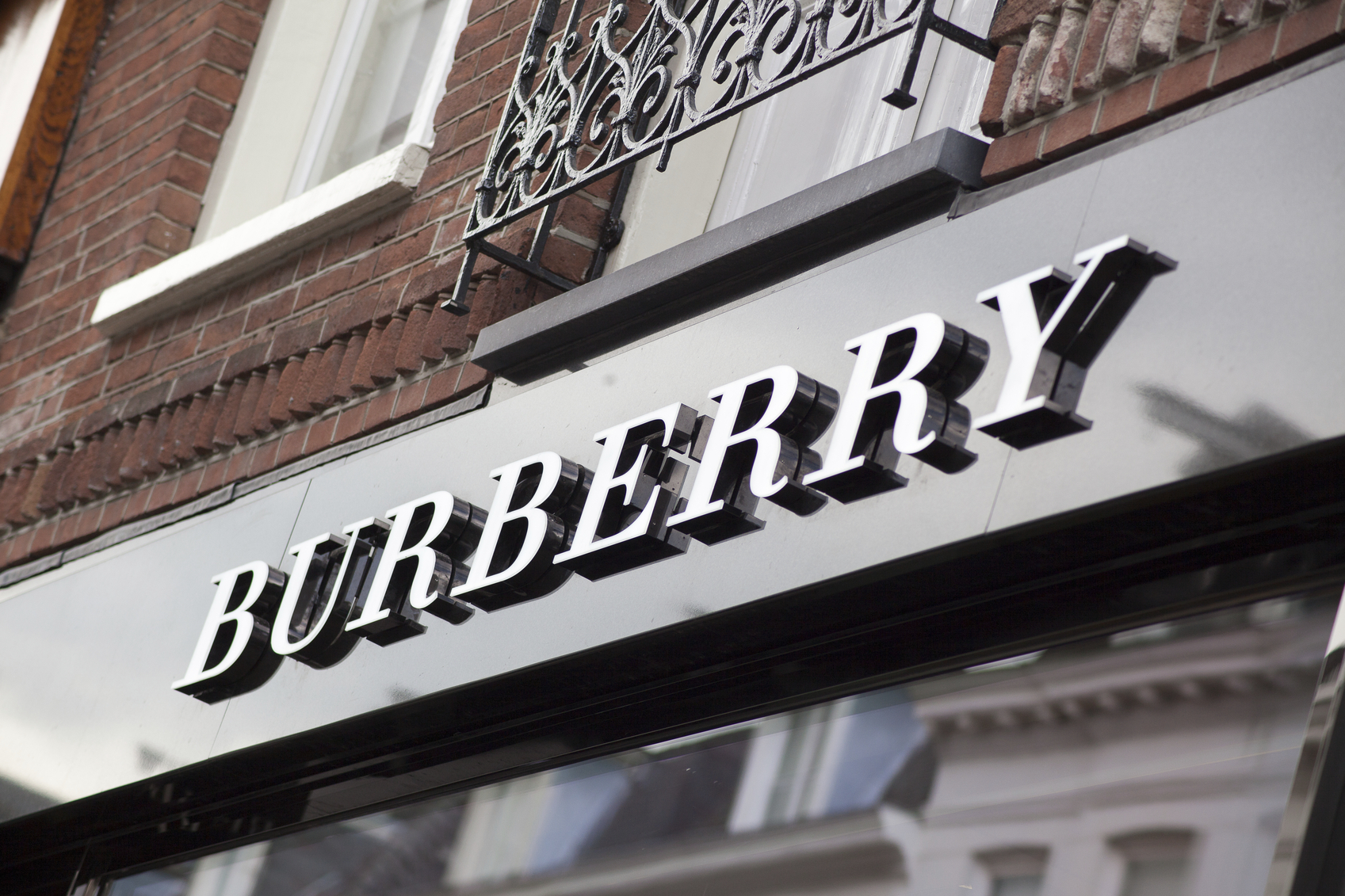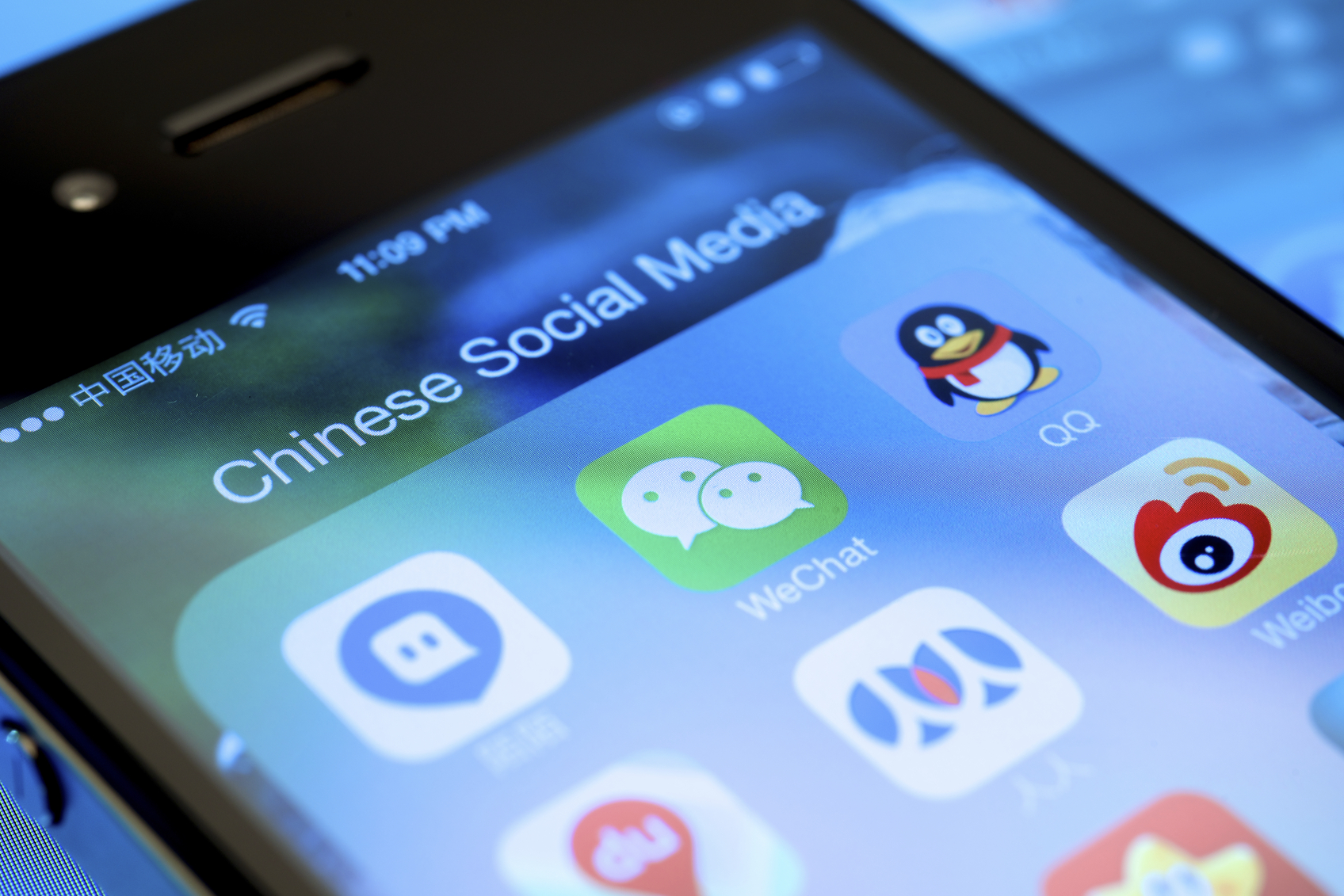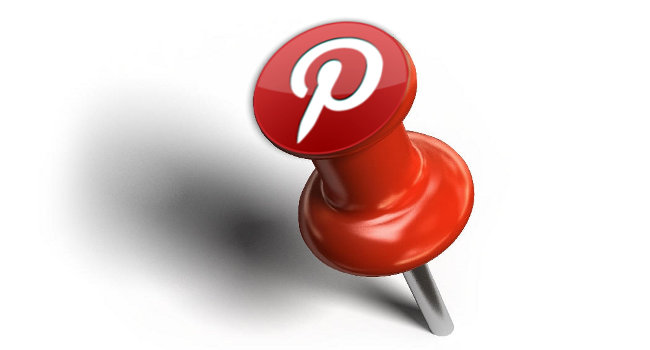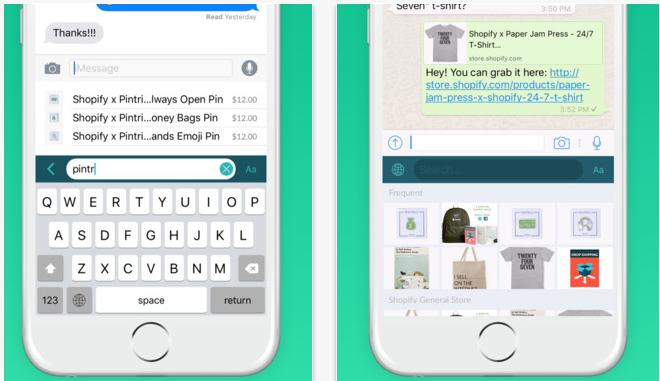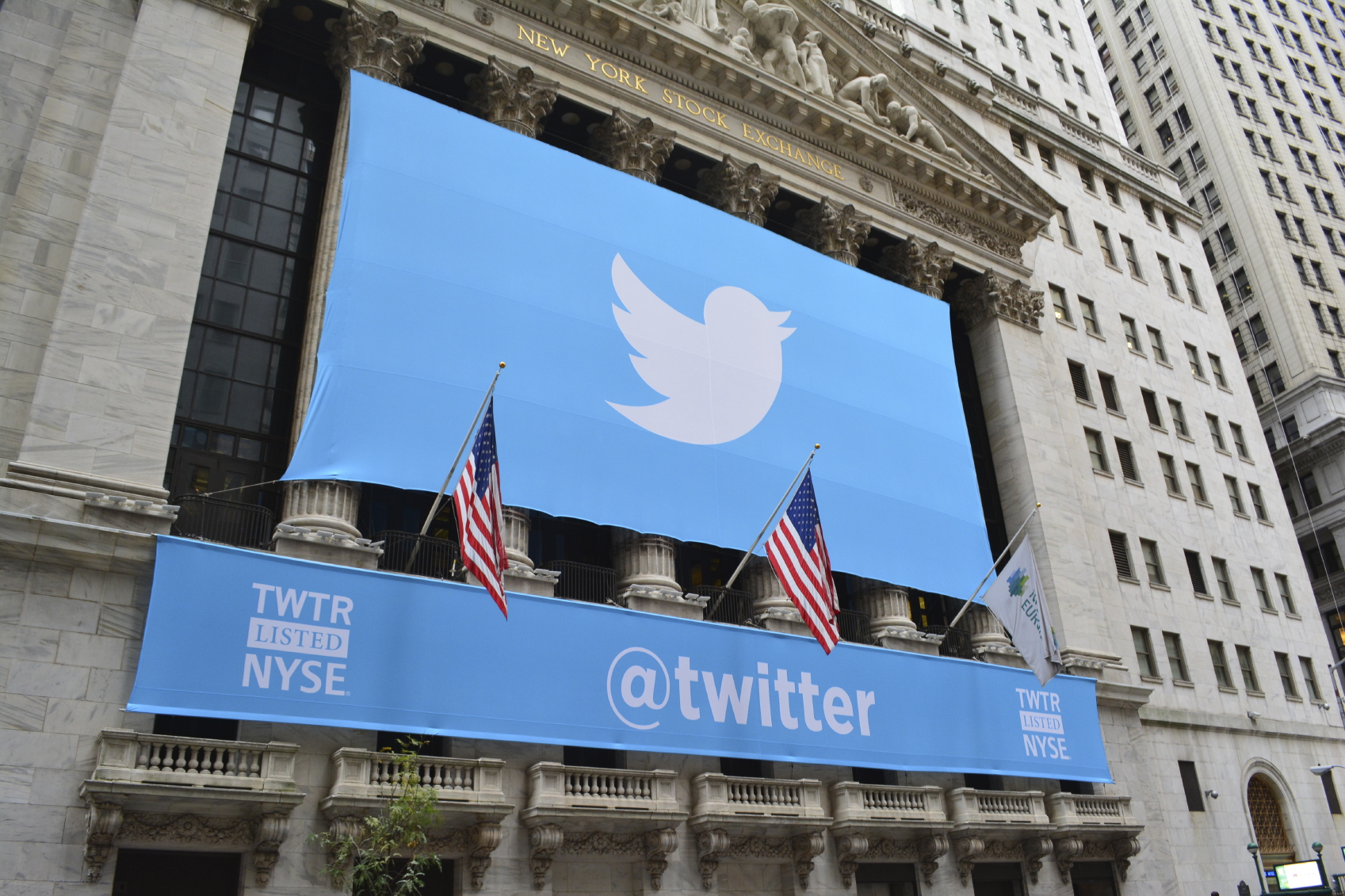What Happened
Messaging app Viber, which enjoys 260 million monthly active users worldwide, announced the launch of a new in-chat Instant Shopping feature that will integrate ecommerce features directly into the app. The new feature will enable Viber users to search for and share items without leaving the chat window, though the chat app has yet to integrate a payment solution so shoppers will be directed to the third-party retailer to complete the purchase.
The company says it has forged partnerships with two major retailers at launch – Macy’s and Rakuten.com, the ecommerce site formerly known as Buy.com was acquired by Japanese tech titan Rakuten in 2010, who also acquired Viber in 2014. The new feature will become available in the U.S. on March 6 in beta and Viber plans to roll out the feature globally throughout 2017.
What Brands Need To Do
Conversational commerce has been gaining traction in the U.S. lately thanks to Amazon Alexa’s ecommerce integrations and Facebook’s continuous efforts to make Messenger retail-friendly. As the big tech companies continue to explore the ecommerce potential in conversational contexts to cater to changing consumer behavior on mobile and a shift in brand-customer interaction, brands and retailers need to take note and start experimenting with conversational commerce in order to stay ahead of the digital curve.
How We Can Help
Based on our extensive experience in building branded chatbots to reach consumers, the Lab has developed a dedicated conversational practice called Dialogue. The NiroBot we built in collaboration with Ansible for Kia is a good example of how Dialogue can help brands build a conversational experience supercharged by our stack of technology partners with best-in-class solutions and an insights engine that extracts business intelligence from conversational data. If you’re interested in learning more about this or have a client opportunity, please reach out to our Client Services Director Samantha Holland ([email protected]) to schedule a visit to the Lab.
Source: VentureBeat

